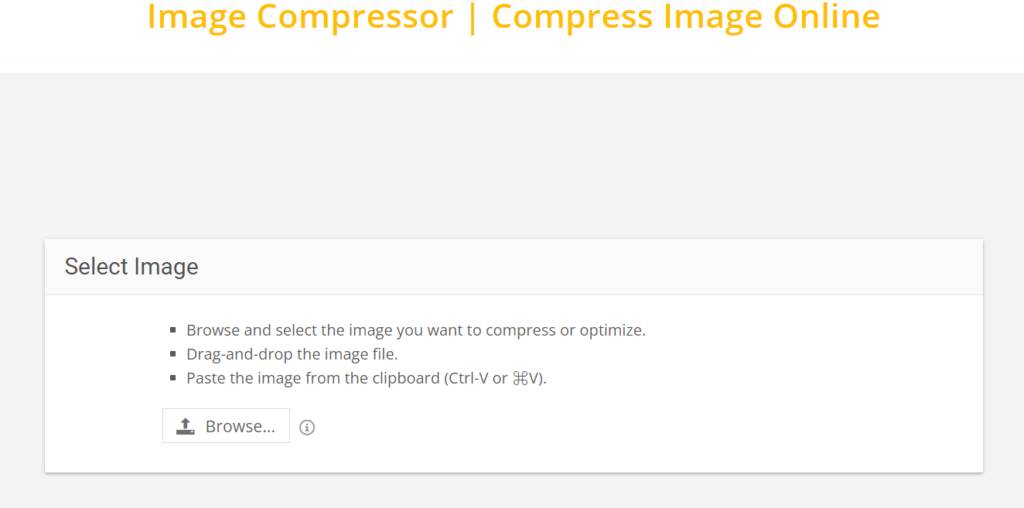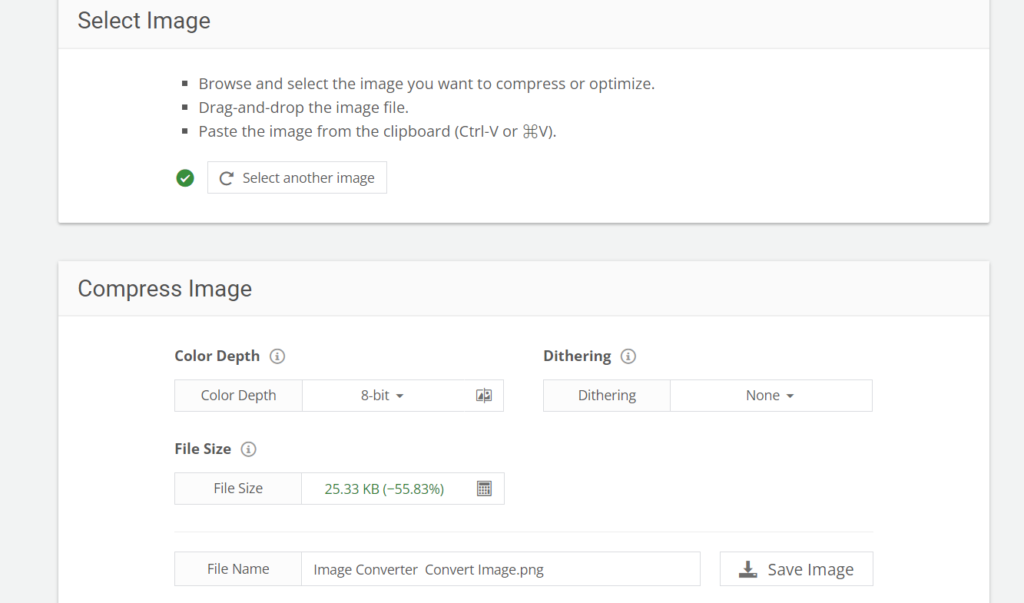No Limits
As the compression is going on in the Browser, there are not any limits on what number of photographs you could convert or what size of the image you may transform. Image Compressor | Compress Image Online
100% private
Because no snapshots are despatched to any servers, your photographs are secure and personal as no one else can see your images. Since no servers are worried about the compression method, zero more strength is used, subsequently, no carbon is emitted.
What is image Compression?
Photo compression is a time period used to explain the manner of lowering the quantity of area an image takes up.
As soon as you have got compressed a picture with a photo compressor, you may store it more successfully, this means that you can shop for multiple photographs at an equal amount of garage space.
Compressed pics can be despatched faster, soak up less room, or be sent less regularly, because the bandwidth required to send them is smaller. There are two fundamental kinds of image compression: lossless and lossy.
Although lossy photo first-class isn’t always as extremely good as lossless compression, the pleasant distinction is almost unnoticeable to human eyes. Lossy picture compression gives you nearly the equal exceptional as lossless but reduces the photo length with the aid of up to 90%.
Image Compressor | Compress Image Online
This tool uses smart lossy compression techniques to reduce the file size of PNG and JPEG images while preserving the quality. You can upload images at a time and download them as a ZIP file.
This tool lets you resize and compress images in various formats including JPEG, PNG, and BMP. You can set the desired compression level and choose to keep or remove metadata.
It’s always a good idea to back up your original images before compressing them, just in case you need them in their original form later.
Other tools
1. Article Rewriter
2. Plagiarism Checker


